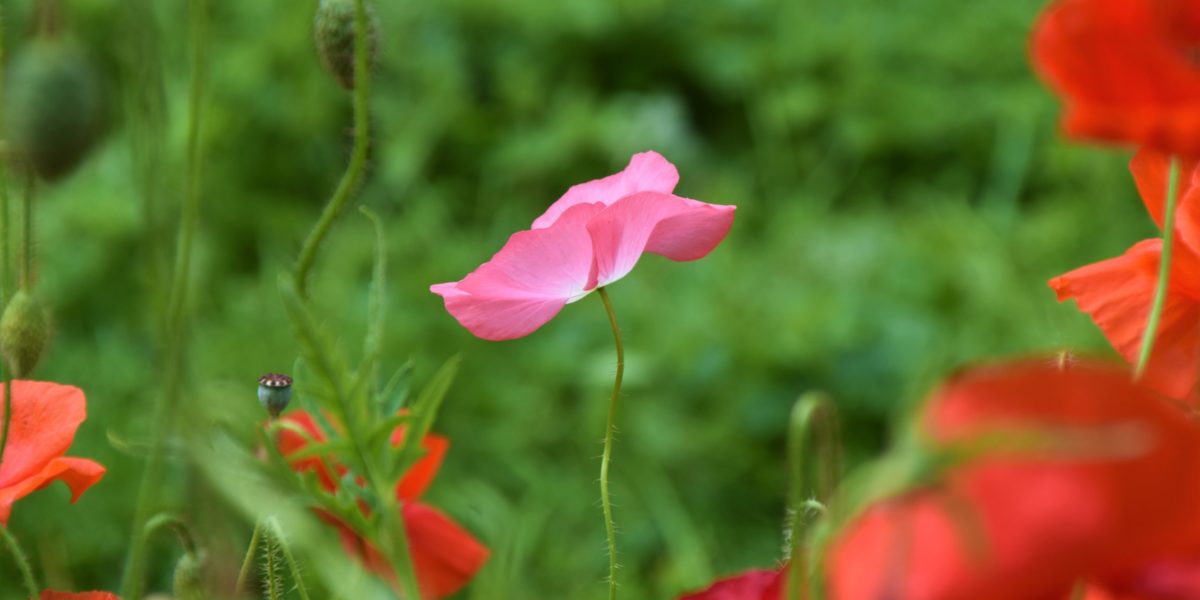I visited the concentration camp in Dachau in 2016 at the age of 19. That was the first time I learned about the persecution of queer people during the second World War.
The structures, built by individuals enslaved at the concentration camp, are open to the public to view the murky barracks where dozens of people slept, as well as the gas chambers where those same individuals took their last breaths.
There, I discovered between 5,000 and 15,000 gay people died in concentration camps. While other groups were captured to be killed, queer people were captured for “re-education,” experiencing treatment that resulted in the death of 55 per cent of homosexual prisoners, according to the Auschwitz-Birkenau State Museum.
For the 45 per cent of homosexual prisoners who did escape, it was a much different story.
“Shame and the fear of being stigmatized motivated homosexuals to change not only their addresses but everything else that could have been associated with their earlier lives,” writes Robert Biedroń in an article titled Nazism’s Pink Hell.
That’s where the Pink Triangle comes from — a symbol that’s gone from a hateful label to an empowering part of gay pride.
While those who were killed in concentration camps for their queerness were citizens, not military, the queer soldiers who fought against their Nazi oppressors also experienced discrimination on the grounds of their sexualities.
From a young age, Canadians are taught about Remembrance Day, but rarely told about the contributions, accomplishments, and injustices faced by marginalized groups during and as a result of both world wars.
Most school-aged children in Canada can recite In Flanders Fields and are taught about its author John McCrae. But the people buried in those fields have more complex and intersectional identities than the history books have cared to share.
These individuals — whether they’re racialized, queer, disabled, women, religious minorities or all of those things – are too often omitted from the history lesson.
Women, for example, contributed more than one-third of the labour force during World War II, with nearly half of all adult women working at one time or another in 1944, according to Lesbians in the Twentieth Century, 1900-1999, an article by University of Michigan professor Esther Newton and her 2006 Lesbian History students.
“Army policies provided a space in which lesbians could exist, recognize one another, and develop their own culture. Yet this existence was an extremely precarious one, framed by army regulations that also provided for the dishonorable discharge of homosexuals, male and female,” the article reads.
The 1994 documentary Coming Out Under Fire, based on a 1990 book by Allan Berube, found more than 100,000 queer individuals have been affected by the United States military’s homophobic regulations.
In World War II, queer soldiers developed a community of camaraderie. Drag shows were a regular form of entertainment for soldiers, as well as reading the latest copy of the underground queer newspaper The Myrtle Beach Bitch.
Don’t Ask, Don’t Tell legislation, which silenced queer military members from expressing their identity, came into effect in 1993 during the Clinton administration. The practice lasted until 2011, and its ripple effect continues to be felt — after all, it’s a law that affected former Democratic nomination contender Pete Buttigieg, who served in Afghanistan under the Don’t Ask, Don’t Tell policy.
Canada’s laws were no less harsh. Beginning in the 1950s and spanning over four decades, the Canadian Armed Forces systematically cracked down on members suspected of being queer. The campaign sought to “identify, harass, and purge lesbians, gay men, and those suspected of being gay from the Canadian Armed Forces and public service.” Despite ending in 1992, the homophobic and discriminatory laws continue to affect queer Canadians who served, according to a 2018 class action lawsuit.
The impacts of criminalizing queerness in the military is reflected in the 2009 study, Discharged for Homosexuality from the Canadian Military: Health Implications for Lesbians. The study found queer military members were subjected to“lasting physical, emotional, psychological, financial and career traumas as a result of being investigated and purged from the military.”
Historian Susan Freeman appeared on the podcast series Queer America: Teaching Tolerance in 2019 to discuss how World War II “brought gay men and lesbians together, and the ways it isolated them from the right to serve and benefit from their service.”
Freeman believes teachers should be asking their students “Whose freedoms were secured during the war?”
It’s not about erasing history, but expanding what it means to remember, particularly for those deliberately left behind.
While others left behind their families and loved ones, queer soldiers also left behind their identity.



